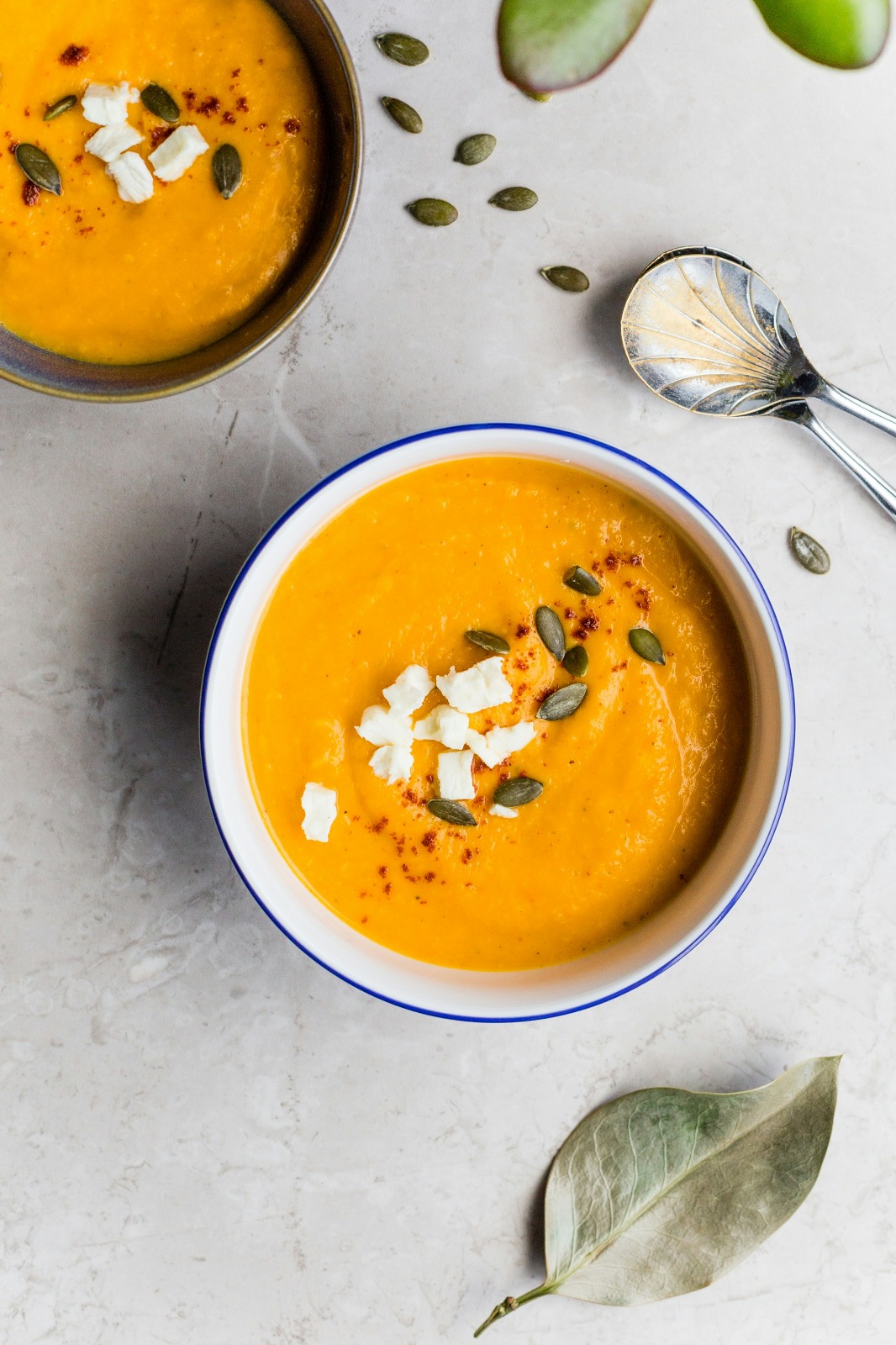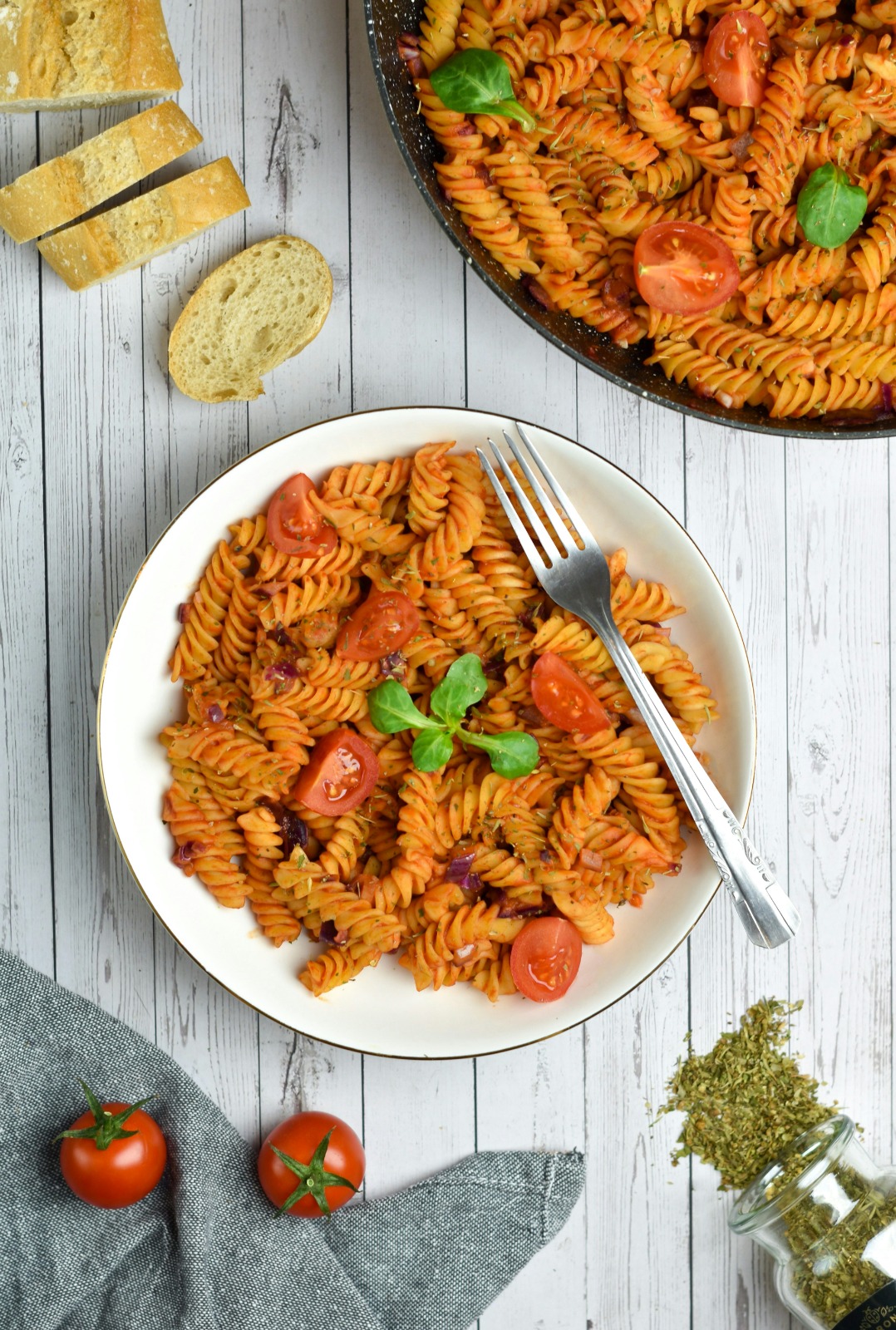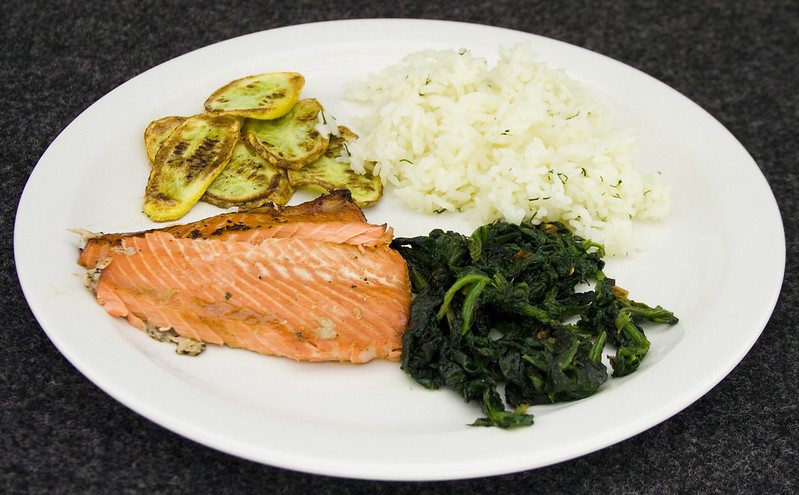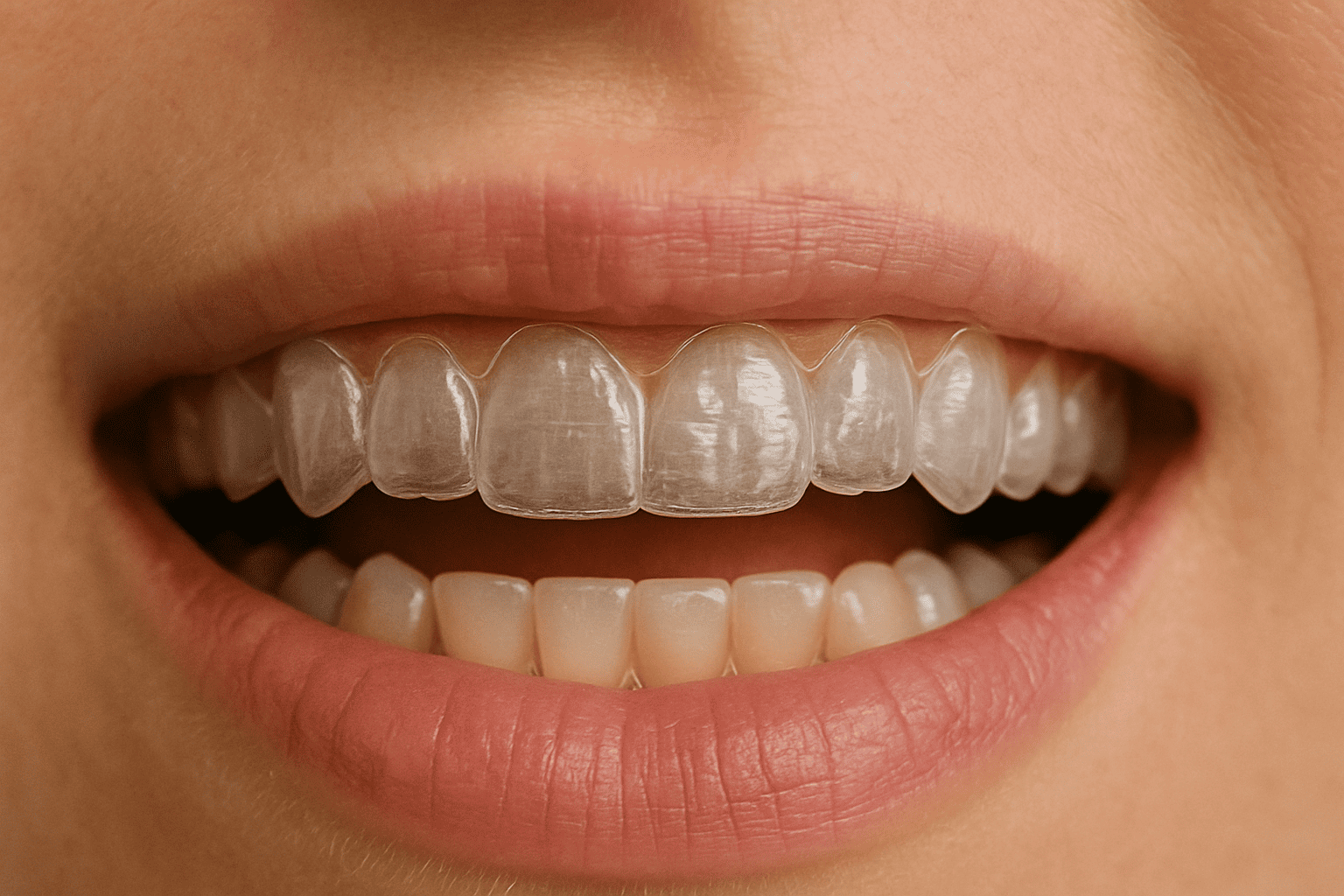What Should I Eat After a Tooth Extraction?
Just had a tooth pulled? We’ll share easy food ideas and tips to help you heal quickly and comfortably after your extraction.

You’ve just had a tooth extraction, or you’re preparing for one, and you’re likely wondering what’s safe to eat to avoid pain and complications. A proper diet is crucial for protecting the blood clot at the extraction site, promoting healing, and preventing issues such as dry socket.
This guide offers a straightforward, phased approach, starting with liquids, progressing to soft foods, and gradually returning to normal eating, while providing practical meal ideas and holistic hacks to make your recovery smoother. Always follow your dentist’s instructions and use this as a reliable guide for a comfortable and healthy recovery.
Why Diet Matters After a Tooth Extraction
Choosing the right foods after a tooth extraction isn’t just about comfort; it’s about safeguarding your recovery. A well-planned diet supports healing, reduces discomfort, and prevents complications that could hinder your recovery.
- The Healing Process: After a tooth extraction, a blood clot forms at the site to shield the bone and nerves, setting the stage for healing. Eating the wrong foods, like crunchy, spicy, or acidic items, can dislodge this clot, leading to painful complications like dry socket or infection, which can delay recovery by weeks.
- Risks of Poor Choices: Consuming improper foods can lead to serious issues, such as dry socket (when the clot is dislodged, exposing nerves), infections, or prolonged healing times, making careful food choices crucial.
- Nutritional Goals: A nutrient-rich diet with protein, healthy fats, and hydration supports tissue repair and boosts immunity. Focus on foods that deliver vitamins A, C, K, and zinc to aid recovery.
- Unique Angle: Beyond standard advice, holistic strategies such as anti-inflammatory foods (e.g., incorporating turmeric into smoothies) and stress reduction can enhance healing, giving your body an extra edge.
Dietary Timeline: A Phased Approach to Recovery
Healing after a tooth extraction requires a step-by-step dietary plan to protect the extraction site while ensuring proper nutrition. This phased approach guides you safely from liquids to solid foods.
Phase 1: First 24 Hours – Liquids and Very Soft Foods
The first day after your extraction is the most delicate, as the blood clot is just beginning to form. Sticking to liquids and very soft foods ensures you don’t disrupt this critical healing stage.
What to Eat:
- Liquids: Water, coconut water, or diluted electrolyte drinks (caffeine-free, no straws).
- Very Soft Foods: Plain or Greek yogurt, lukewarm broth or soup (like bone broth or pureed butternut squash), smoothies (blended with banana and almond milk, no straws), pudding, custard, ice cream (without nuts or chunks), applesauce, or gelatin (Jell-O).
- Unique Additions: Sip lukewarm chamomile or peppermint tea for their soothing, anti-inflammatory effects. Try a collagen-enhanced smoothie with frozen banana, almond milk, and a pinch of turmeric to support tissue repair.
These foods protect the fragile blood clot, prevent burns while your mouth is numb, and provide hydration and nutrients to kickstart healing.
Tips:
- Avoid straws, as suction can dislodge the clot.
- Blend smoothies or soups to ensure no chunks remain.
- Test soup temperature to ensure it’s lukewarm, not hot.
Unique Hack: Freeze pureed soups or smoothies in ice cube trays for quick, portioned meals that are easy to thaw when you’re feeling tired.

Phase 2: Days 2–7 – Soft Foods with Minimal Chewing
As the blood clot stabilizes, you can introduce soft foods that require little to no chewing. This phase keeps nutrition high while protecting the healing site.
What to Eat:
- Soft Foods: Mashed potatoes, scrambled eggs, cottage cheese, soft-cooked pasta, mashed bananas, avocados, pureed vegetables (e.g., carrots, squash), oatmeal, or silken tofu.
- Nutrient-Dense Options: Pureed vegetable soups with bone broth and olive oil, chia pudding, or creamy polenta with pureed spinach.
- Flavor Enhancers: Mild herbs like parsley or dill to add taste without spicy irritation.
Why It Matters: These foods support healing as the clot stabilizes, delivering protein and healthy fats for tissue repair while minimizing chewing to avoid irritation.
Tips:
- Chew on the opposite side of the mouth to protect the extraction site.
- Blend or mash foods for smoother textures.
- Stick to cold or lukewarm foods to reduce swelling and discomfort.
Unique Hack: Set up a “puree bar” by blending vegetables like zucchini or cauliflower with bone broth for varied, nutrient-packed meals that are easy to swallow.

Phase 3: After 5–7 Days – Gradual Return to Normal Diet
Once healing progresses, you can slowly reintroduce foods with more texture, but caution is still key to avoid setbacks. Always check with your dentist before advancing.
What to Eat:
- Minimally Chewy Foods: Soft breads, cooked noodles, ground meats (e.g., in lasagna), flaked salmon, or soft-boiled eggs.
- Balanced Options: Soft grain bowls with overcooked quinoa, pureed roasted vegetables, and a drizzle of olive oil.
This phase safely transitions you to normal eating as the socket heals, balancing nutrition with caution to avoid disrupting recovery.
Tips:
- Consult your dentist before moving to harder foods.
- Take small bites and chew slowly on the opposite side.
- Avoid hard, crunchy, or sticky foods until fully healed (up to 2 weeks for wisdom teeth extractions).
Unique Hack: Use the “mash test” by mashing the food with your tongue against the roof of your mouth. If it’s painless, it’s likely safe to eat.

Foods to Avoid: Protecting Your Recovery
Certain foods and habits can jeopardize your healing by irritating the extraction site or dislodging the blood clot. Knowing what to steer clear of is just as important as knowing what to eat.
What to Avoid:
- Hard/Crunchy: Nuts, seeds, popcorn, chips.
- Chewy/Sticky: Candies, tough meats, granola with hidden grains.
- Spicy/Acidic: Citrus fruits, tomatoes, chili, vinegar-based foods.
- Hot Foods: Anything above lukewarm, especially in the first 24 hours.
- Beverages: Carbonated drinks, alcohol, or caffeinated beverages (which may increase the risk of bleeding).
- Other: Tobacco (smoking or chewing) to prevent infection and delayed healing.
These can dislodge the blood clot, irritate the socket, or increase the risk of infection, potentially causing a dry socket.
Unique Insight: Watch for “hidden risks” in soft foods, like seeded jams or granola-heavy yogurts, which may have particles that lodge in the socket. For drink cravings, try poured (no straw) fruit-infused mocktails, like blended berries with sparkling water, to avoid alcohol and carbonation.
Nutritional Strategies for Optimal Healing
A nutrient-focused diet fuels your body’s recovery, helping repair tissues and ward off infections. These strategies highlight foods and nutrients to prioritize for optimal healing.
- High-Protein Foods: Scrambled eggs, Greek yogurt, silken tofu, mashed fish, or cottage cheese for tissue regeneration.
- Healthy Fats: Avocado, olive oil, or coconut butter for energy and wound healing.
- Vitamins and Minerals:
- Zinc: Blend pureed pumpkin seeds into smoothies to enhance clotting.
- Vitamin K: Mash spinach or kale for blood clot support.
- Vitamins A and C: Pureed carrots, sweet potatoes, or bananas for tissue repair.
- Probiotic Support: Plain kefir or coconut yogurt to boost gut health and immunity, reducing infection risk.
- Hydration: Water, coconut water, or herbal teas to prevent dry mouth and support overall health.
- Unique Recipe: “Healing Nice Cream” made from blended frozen bananas, almond milk, and ground flaxseed—a sugar-free, soothing treat to reduce inflammation.
How Long Until I Can Eat Normally?
Typically, you can resume normal eating after 5–7 days for simple extractions; however, complex ones, such as wisdom teeth, may take up to 2 weeks. The healing timeline varies based on the complexity of the extraction and your overall health, so consult your dentist for personalized guidance to ensure the socket is ready for harder foods.
Can I drink coffee?
Avoid caffeine for at least 5 days, as it can increase blood flow and raise the risk of bleeding, which could disrupt the blood clot. Instead, opt for lukewarm chamomile or peppermint tea, which are caffeine-free and offer soothing, anti-inflammatory benefits to support healing.
Special Dietary Considerations
Everyone’s dietary needs are different, and recovery shouldn’t mean compromising your preferences or restrictions. These tailored options ensure inclusivity and nutrition.
- Vegan Diets: Use silken tofu, lentil purees, or chia pudding for protein; blend avocado or coconut milk for healthy fats.
- Gluten-Free Diets: Choose gluten-free oats, quinoa, or rice-based dishes to avoid irritation.
- Low-Sugar Diets: Sweeten smoothies or puddings with stevia or monk fruit to control blood sugar.
Unique Tip: Use our customizable “recovery meal planner” template below to tailor meals to your dietary needs, ensuring a practical and inclusive recovery.
Practical Tips and Hacks for Recovery
Beyond food choices, small habits and creative strategies can make your recovery easier and more comfortable. These tips streamline your routine and boost healing.
- Meal Prep: Batch-prepare pureed soups or smoothies and freeze in ice cube trays for quick meals. Pack portable soft food kits (e.g., applesauce, yogurt) in a cooler bag for on-the-go nutrition.
- Oral Hygiene: After 24 hours, use a “tilt-and-dribble” saltwater rinse (1 tsp of salt in 8 oz of warm water) to clean the socket without vigorous swishing, thereby protecting the clot.
- Flavor Enhancement: Mist soft foods with a mild herb-infused spray (e.g., parsley water) for flavor without granular seasonings that could irritate the socket.
- Holistic Healing: Try light meditation or deep breathing to reduce stress and cortisol, boosting healing. Visualize the extraction site healing while eating nutrient-rich foods to enhance the placebo effect.
- Unique Tool: Download our “Recovery Checklist” below to track foods, hygiene steps, and progress, keeping you organized and motivated.
Conclusion
Recovering from a tooth extraction is all about making smart food choices. Start with liquids, such as smoothies and broth, for the first 24 hours, then transition to soft foods like mashed potatoes and scrambled eggs for days 2–7. Gradually return to normal eating after consulting your dentist. Prioritize protein, healthy fats, and hydration, while avoiding crunchy, spicy, hot foods, straws, alcohol, and tobacco. Use our hacks, like the “puree bar,” “mash test,” and “Healing Nice Cream”—to make recovery tasty and effective. Always follow your dentist’s instructions for a smooth, speedy recovery.






